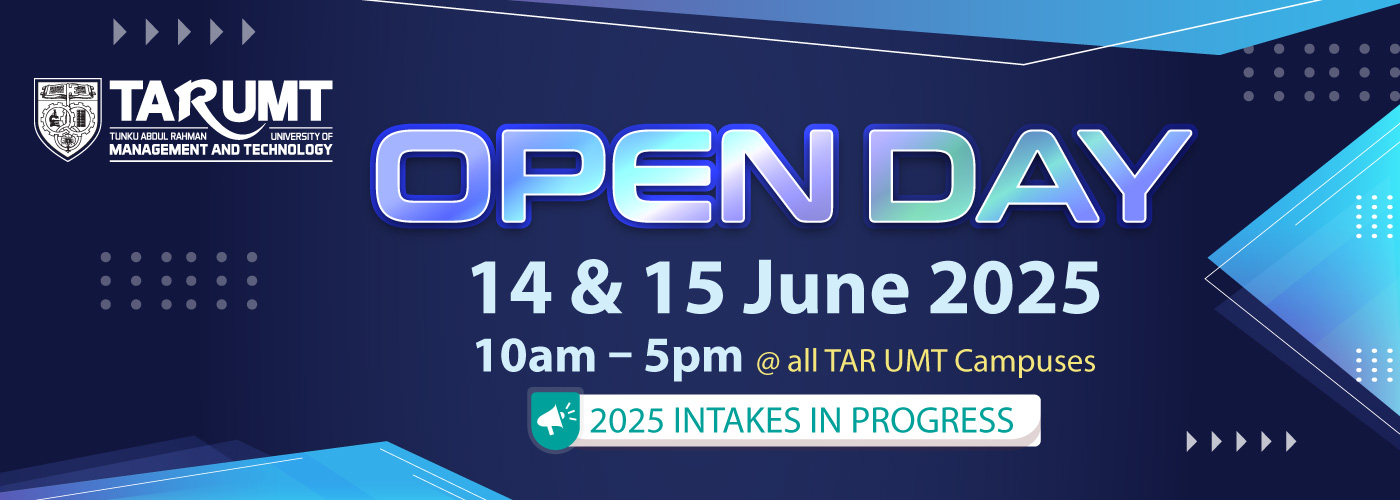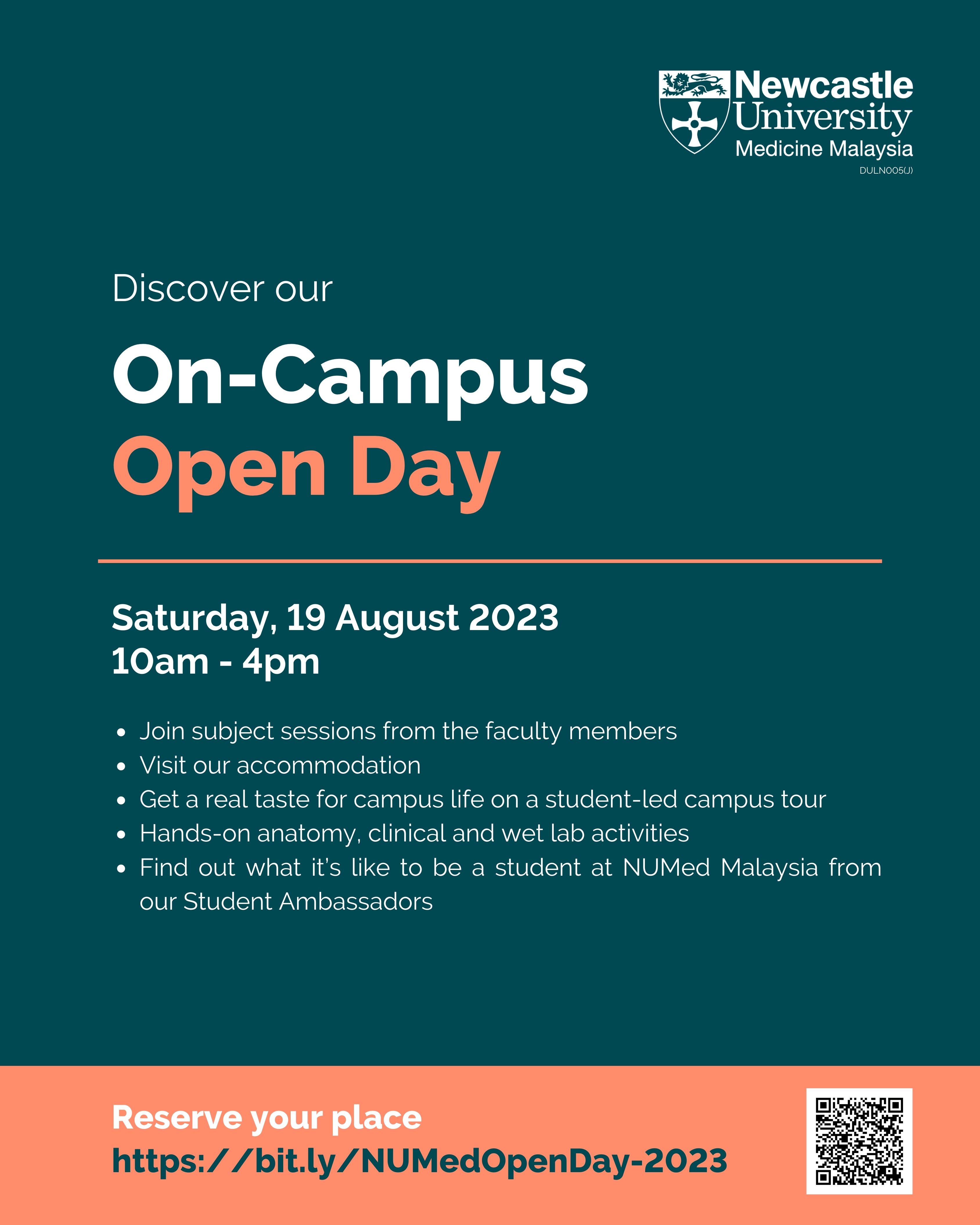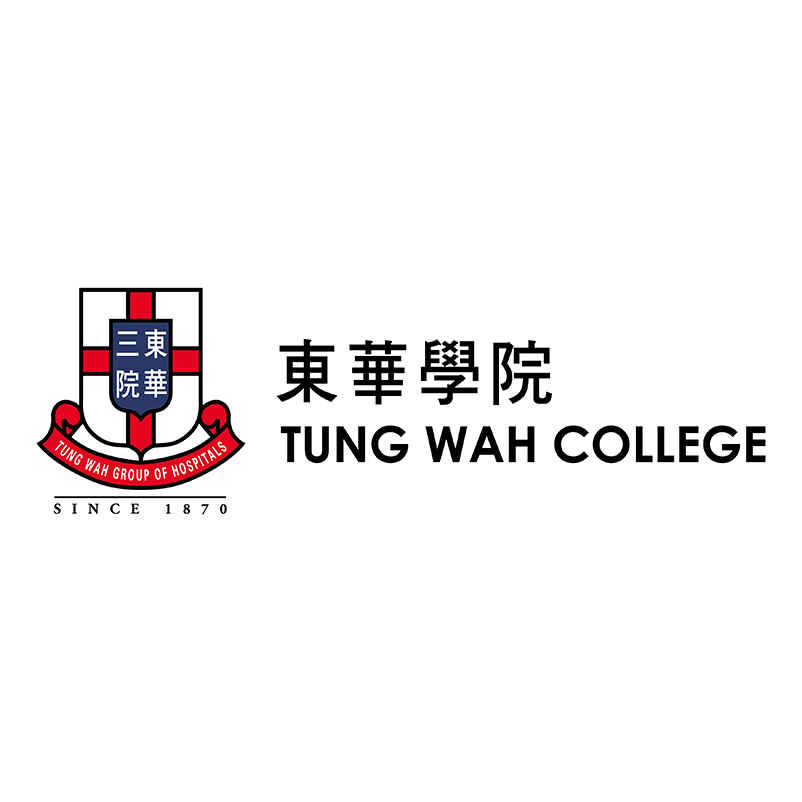You have completed your secondary education, and are now looking towards pre-university courses as a stepping stone to your tertiary education. With the many options out there, where do you start? Ask yourself the following questions.
What is my budget?
Pre-university course fees vary widely across the board from RM300 for the STPM to RMSl,000 for the International Baccalaureate (IB) Programme. This is where you need to define the source of funding for your pre-university education - are your parents helping you out or will you be applying for a study loan? Other options include the American Degree Program or ADP (RM25,000 to RM45,000), South Australian Matriculation or SAM (RM13,000 to RM26,000), Australian Matriculation or AUSMAT (RM9,000 to RM21,000) and the GCE A-Level (RMl0,000 to RM25,000). Additionally, many institutions have developed their own internal foundation programmes that are recognised as preuniversity equivalents at their universities and partner universities.
Where do I plan to study after that?
If you have plans to further your education later on, it is important to know which country you are planning to go to. Many pre-university courses prepare students for certain countries. For example, the ADP is specially developed to prepare students for entry into the first or second year of American universities. Australian courses like the SAM, on the other hand, usually follow the Australian Year 12 system, allowing for transition into Australian universities. If you plan to study locally, research pre-university courses that allow you to study locally. There are also more general courses like the A-Level and IB which are accepted by most countries.
What kind of course structure works best for me?
Depending on the systems they follow, courses vary in weightage between coursework and examinations. For example, Australian courses evaluate students based on assignments and examinations equally. Under the GCE A-Level, the Edexcel system grades students based on an average mark of the total modules taken, whereas the Cambridge examinations results are based equally on its two phases. The STPM format, which was recently tweaked, carries a weightage of 20-40% for school-based assessment, and the remainder on a centralised examination. Similarly, American-based pre-university courses base 30-50% on coursework and the rest on a final examination. Additionally, it would help to read up on different grading systems that these courses adopt before you visit the institutions.
Do I meet the entry requirements?
Another key factor to take into consideration is whether you meet the entry requirements of the course you wish to pursue. Many students face this obstacle when applying for the preuniversity course of their choice, as the minimum requirement is 5 credits for SPM, or its equivalent. If you fall short, there are alternative pathways: talk to institution representatives to find out if they allow special or conditional admissions, and if all else fails, you still have the option of diploma courses, many of which require a minimum of 3 credits only.
Other considerations
Other considerations include the following: • How far is it from where you live? Will you travel from home or would you consider boarding? • Does the institution have all the facilities you are looking for? • Does it have a good reputation? You can find this out by asking where students have gone on to pursue their university studies.
Indeed, choosing a pre-university course is not an easy decision. Talk to friends and family, browse relevant websites and visit the institutions themselves and talk to their counsellors.






















